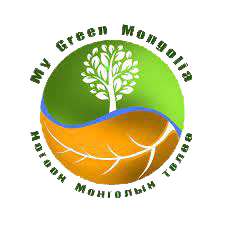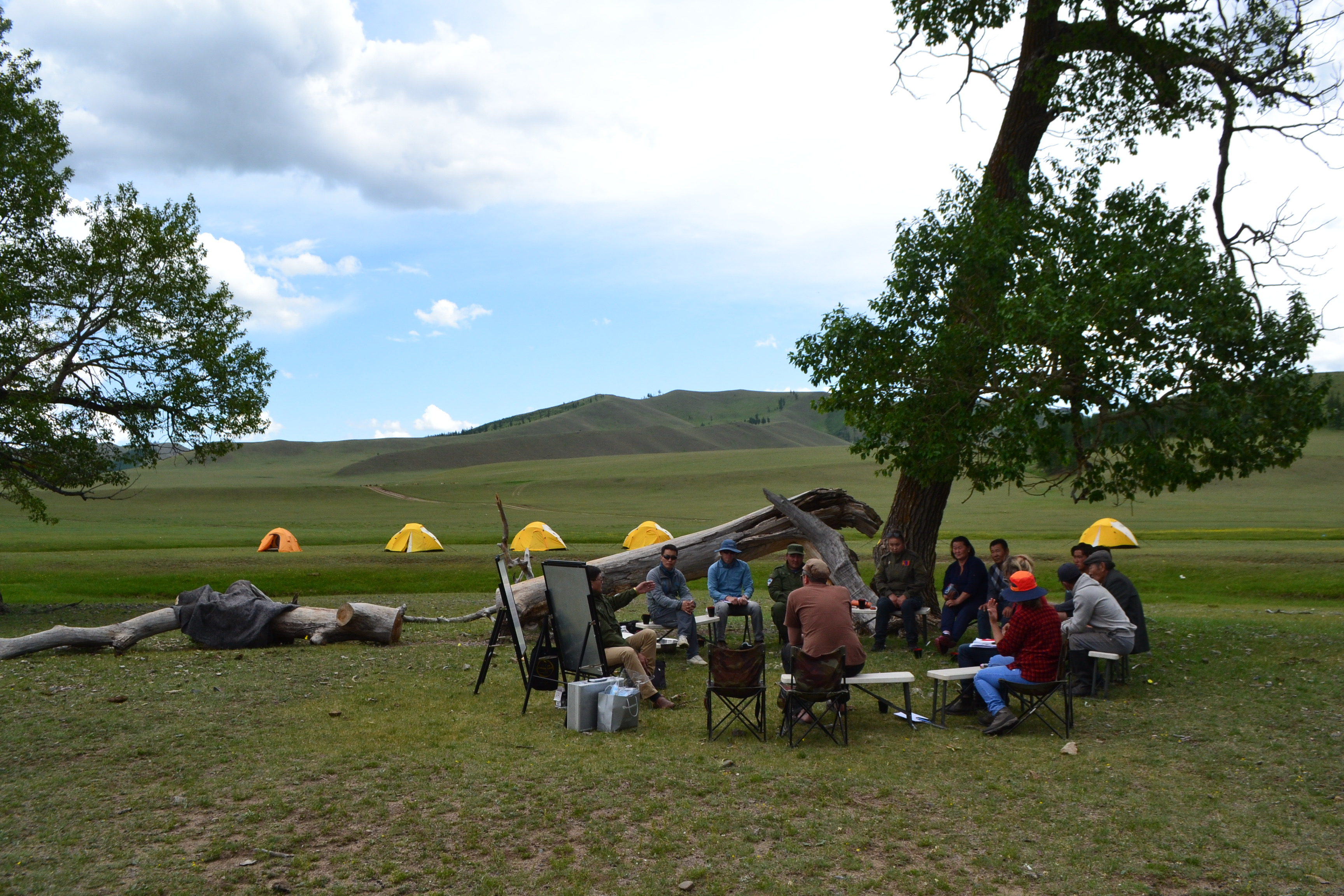PROBLEMS & GOALS
The goal of the “My Green Mongolia” initiative is to provide individuals and organizations engaged in environmental education and communication (EEC) a platform to
- cooperate and collaborate with each other based on a partnership model of equals that will safeguard leverage, outreach and cost-effectiveness,
- collect, share, exchange and use existing EEC media, materials, methods and tools,
- join forces in initiating and developing additional innovative media and materials, trainings and curricula,
- contribute to the Action Plan 2022-2024 of the National Environmental Education and Communication Strategy (EECS) issued by MET-DPAM in early 2022,
- lobby for more funding, well-trained staff and well-coordinated streamlining of EEC activities at the national and regional level, and
- raise environmental awareness among all strata of the Mongolian population, in particular political decision makers, youth and natural resource users.
- cooperate and collaborate with each other based on a partnership model of equals that will safeguard leverage, outreach and cost-effectiveness,
- collect, share, exchange and use existing EEC media, materials, methods and tools,
- join forces in initiating and developing additional innovative media and materials, trainings and curricula,
- contribute to the Action Plan 2022-2024 of the National Environmental Education and Communication Strategy (EECS) issued by MET-DPAM in early 2022,
- lobby for more funding, well-trained staff and well-coordinated streamlining of EEC activities at the national and regional level, and
- raise environmental awareness among all strata of the Mongolian population, in particular political decision makers, youth and natural resource users.
But what are the underlying problems the environment in Mongolia is facing that the “My Green Mongolia” strives to tackle?
While the country’s biological diversity forms the basis for the country’s economy and culture, climate change and the exploitation of natural resources are threatening ecosystems even in the many protected areas. A large proportion of the rural population lives in buffer zones surrounding protected areas. Poverty is one of the drivers of natural resource overexploitation while damage to protected areas has detrimental impacts on the population’s livelihoods – a vicious cycle.
While the country’s biological diversity forms the basis for the country’s economy and culture, climate change and the exploitation of natural resources are threatening ecosystems even in the many protected areas. A large proportion of the rural population lives in buffer zones surrounding protected areas. Poverty is one of the drivers of natural resource overexploitation while damage to protected areas has detrimental impacts on the population’s livelihoods – a vicious cycle.
Environmental awareness surveys and stakeholder assessments in 2020-2022 have identified four major problems and four related target audiences, which are the starting points of the 10-step EECS issued by MET-DPAM:
Hence, the “My Green Mongolia” national media campaign contributes to the EECS Action Plan 2022-2024. EEC media and educational measures and materials are meant to increase environmental knowledge and contribute to positive attitude change and environmentally friendly practices among the public in general and relevant decision makers, experts, and visitors of the protected areas in particular.



